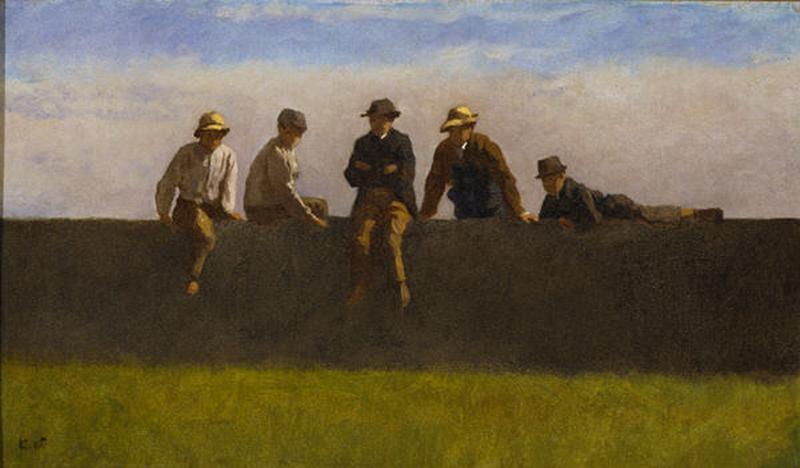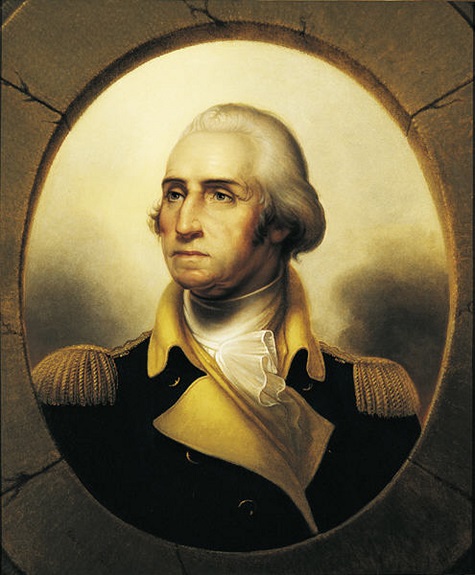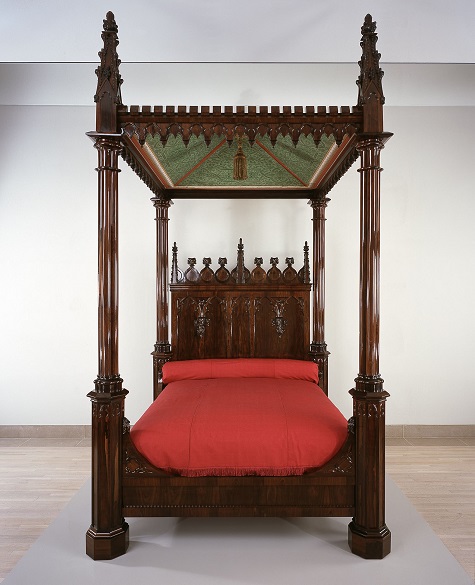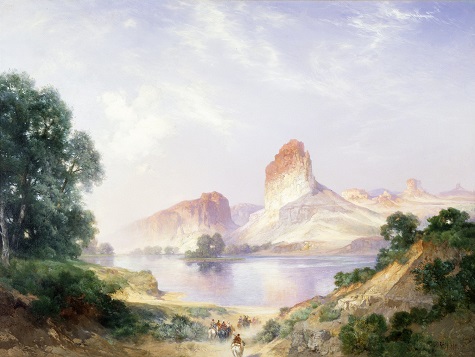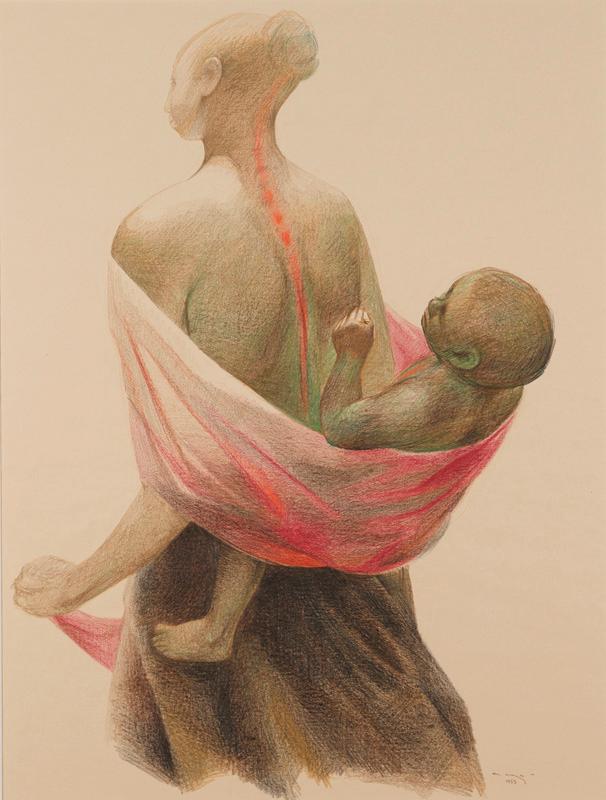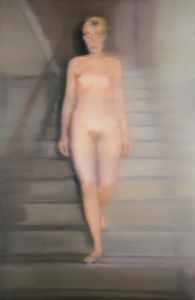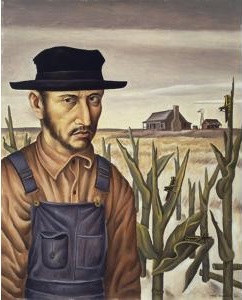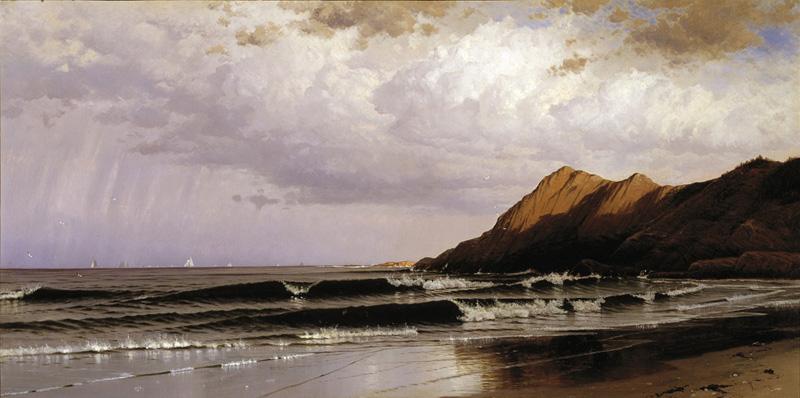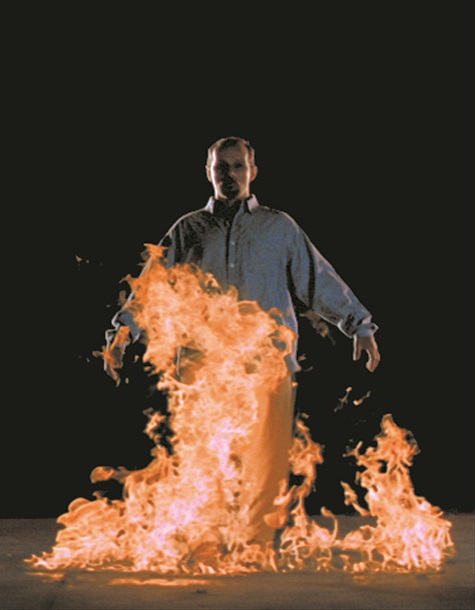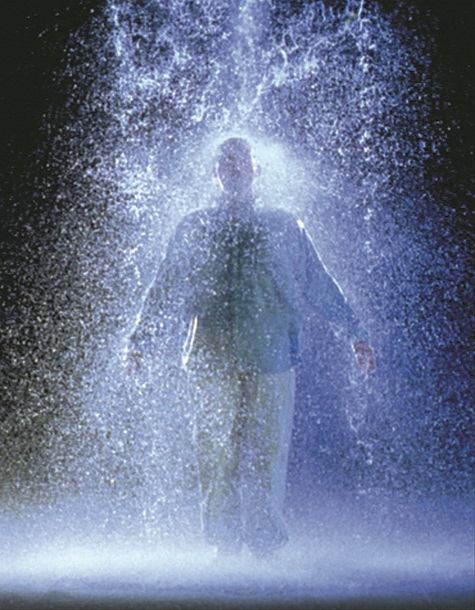This Friday, July 19, we are opening the experimental project DallasSITES: Available Space to the public. The monthlong exhibition is intended to give local emerging artists, curators, collectives, and art educators a platform to connect with the DMA’s general audience. In doing so, it also establishes a dialogue between the local arts community and the Museum by opening the DMA’s galleries to exciting new art installations and programming. Below is a quick update on what’s been going on behind the scenes as we get ready for Friday’s unveiling.
On Monday, The Art Foundation wheeled a pristine 1973 Jaguar XJ6 into the galleries for the artist Brandon Kennedy’s work titled NFS. (2013). In order for the car to be gallery-approved, it was first drained of all fluids and the battery was disconnected. Since the car was too wide to be brought in through any of our public entrances, we had to bring it in through a side door accessible only through the DMA’s Sculpture Garden. Below is a short snippet showing the artist, curators, and registrar maneuvering the car through the Sculpture Garden:
[youtube=http://www.youtube.com/watch?v=eu3XMgOA5-U&w=560&h=315]
This work is one of eighteen artworks by Dalllas-based artists included in The Art Foundation’s curated group show, Boom Town. The exhibition addresses the long-standing gap between the artist and patron classes of our city and explores how artists who live and work in Dallas negotiate this complicated terrain. In addition to Kennedy’s car installation, the group show will feature a wide range of works including painting, sculpture, digital prints, works on paper, and an audio installation all located throughout the Barrel Vault.
Another participant in Available Space is the Fort Worth-based collective HOMECOMING! Committee. For their installation, titled Post Communiqué, the group has taken over the entire Hanley Gallery, transforming it into the collective’s new headquarters. The headquarters comes complete with its own interrogation room, workout room, library, storage, breakroom, and sleeping quarters. Members of HOMECOMING! will be activating the space throughout the run of the exhibition, so be prepared for the unexpected. Audience members are invited to interact with the first floor of the two-story installation, and the TV wall in the “Deprogramming Room” is not to be missed. Below are some pictures of the space during construction, along with a trailer the artists have put together to promote the project:
[vimeo 68707380 w=500 h=281]
Post Communiqué 2013 from HOMECOMING! on Vimeo
This blog post just scratches the surface of what you can look forward to experiencing in Available Space, which also includes contributions by Dallas VideoFest, Brookhaven College, Oil and Cotton, and PerformanceSW. All of these projects will continue to evolve over the course of the month, and visitors are encouraged to check back for new ways to engage and interact with the space. For a complete list of programs and events during the run of Available Space, visit the DMA’s website.
Gabriel Ritter is The Nancy and Tim Hanley Assistant Curator of Contemporary Art at the DMA.
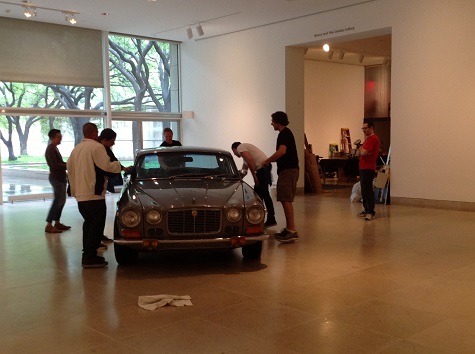
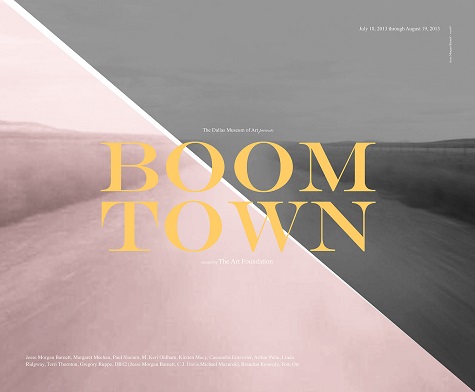
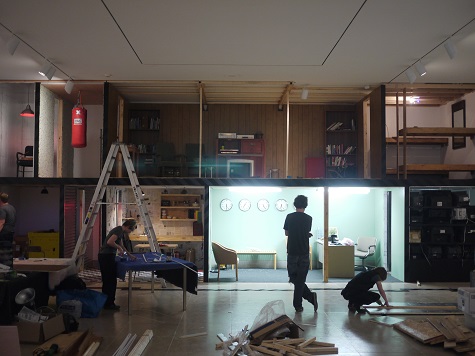






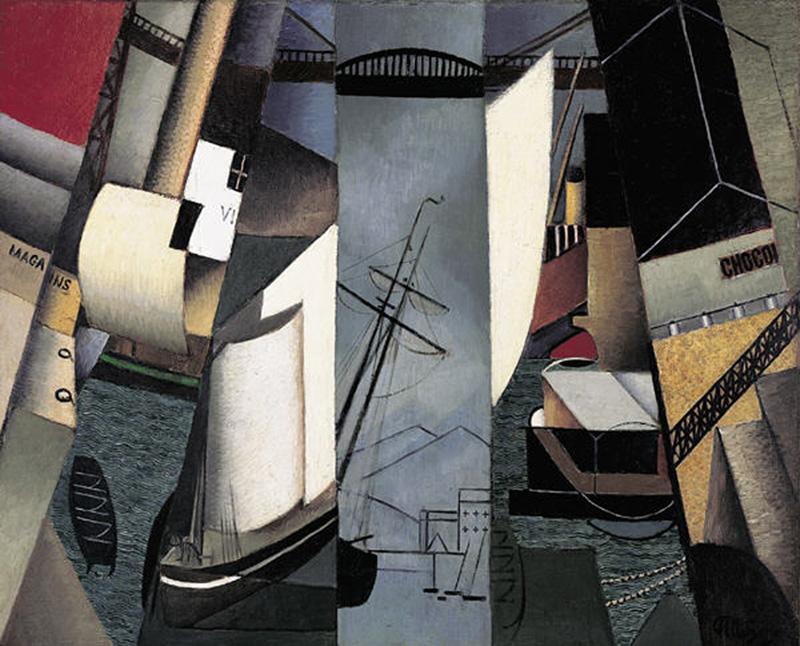
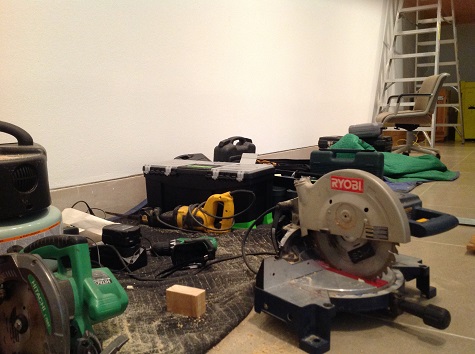
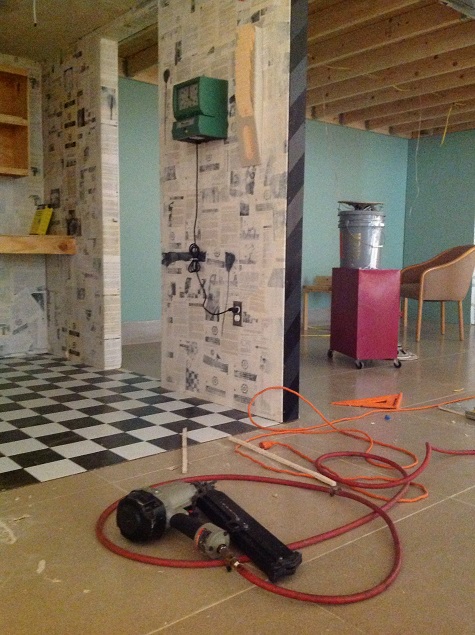

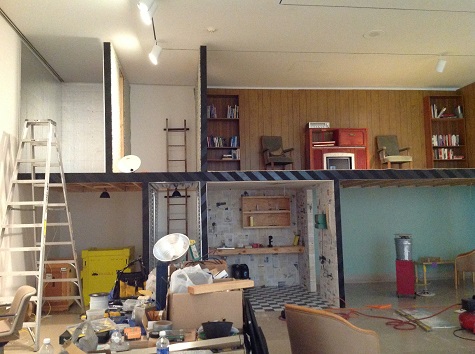


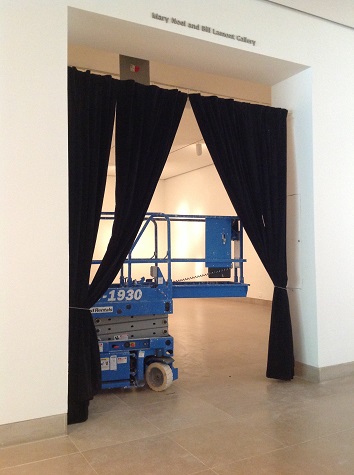
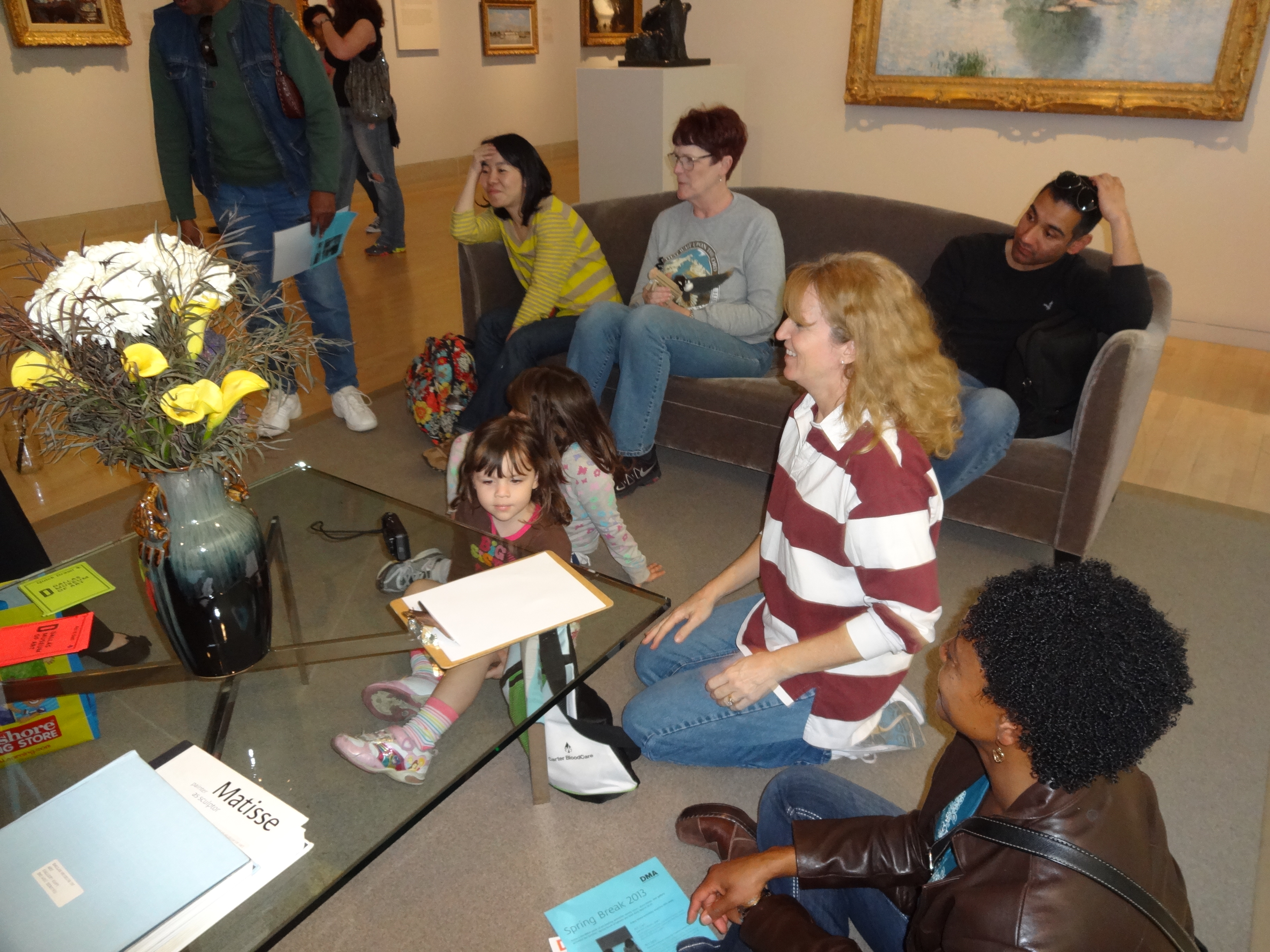
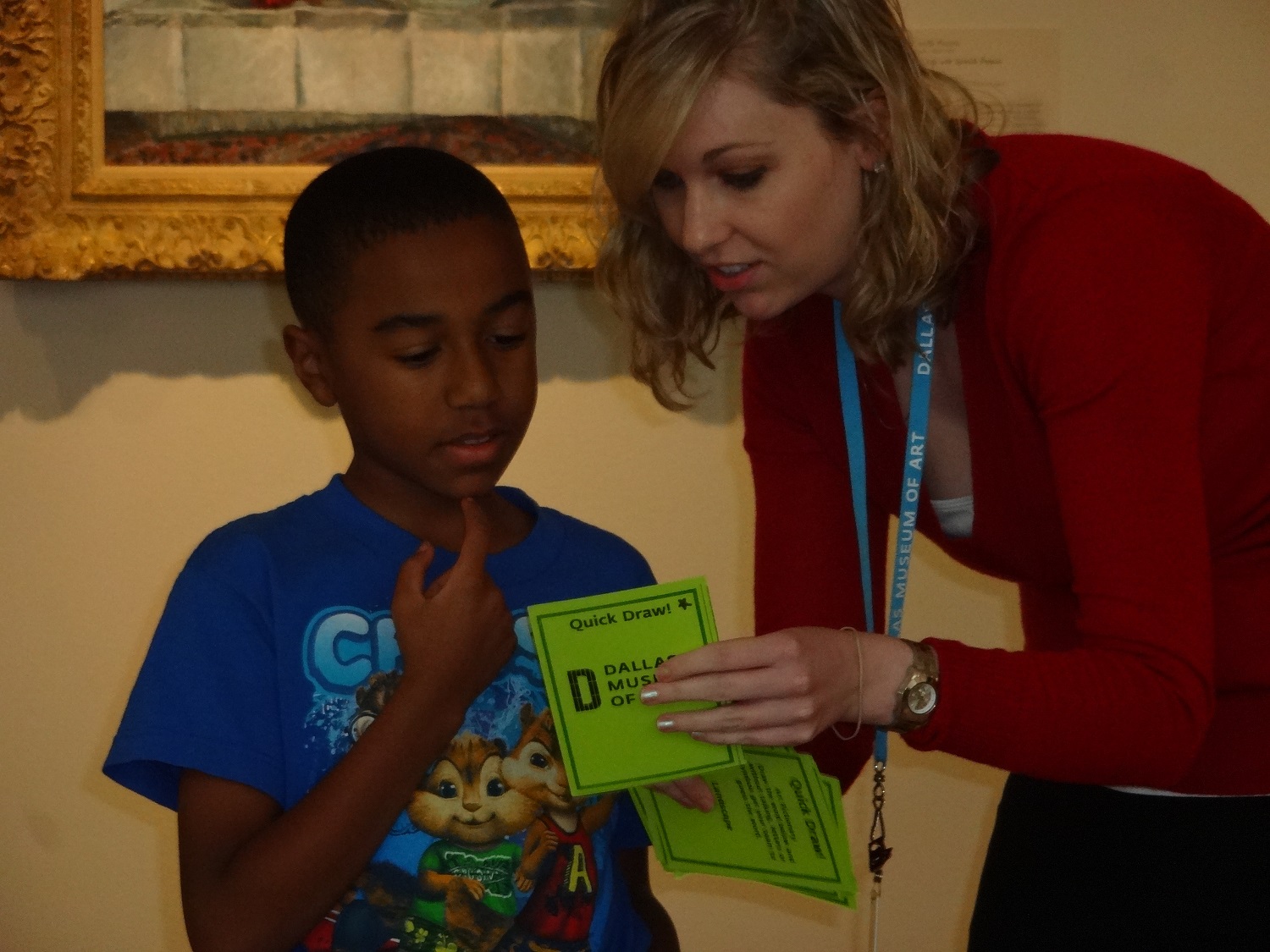
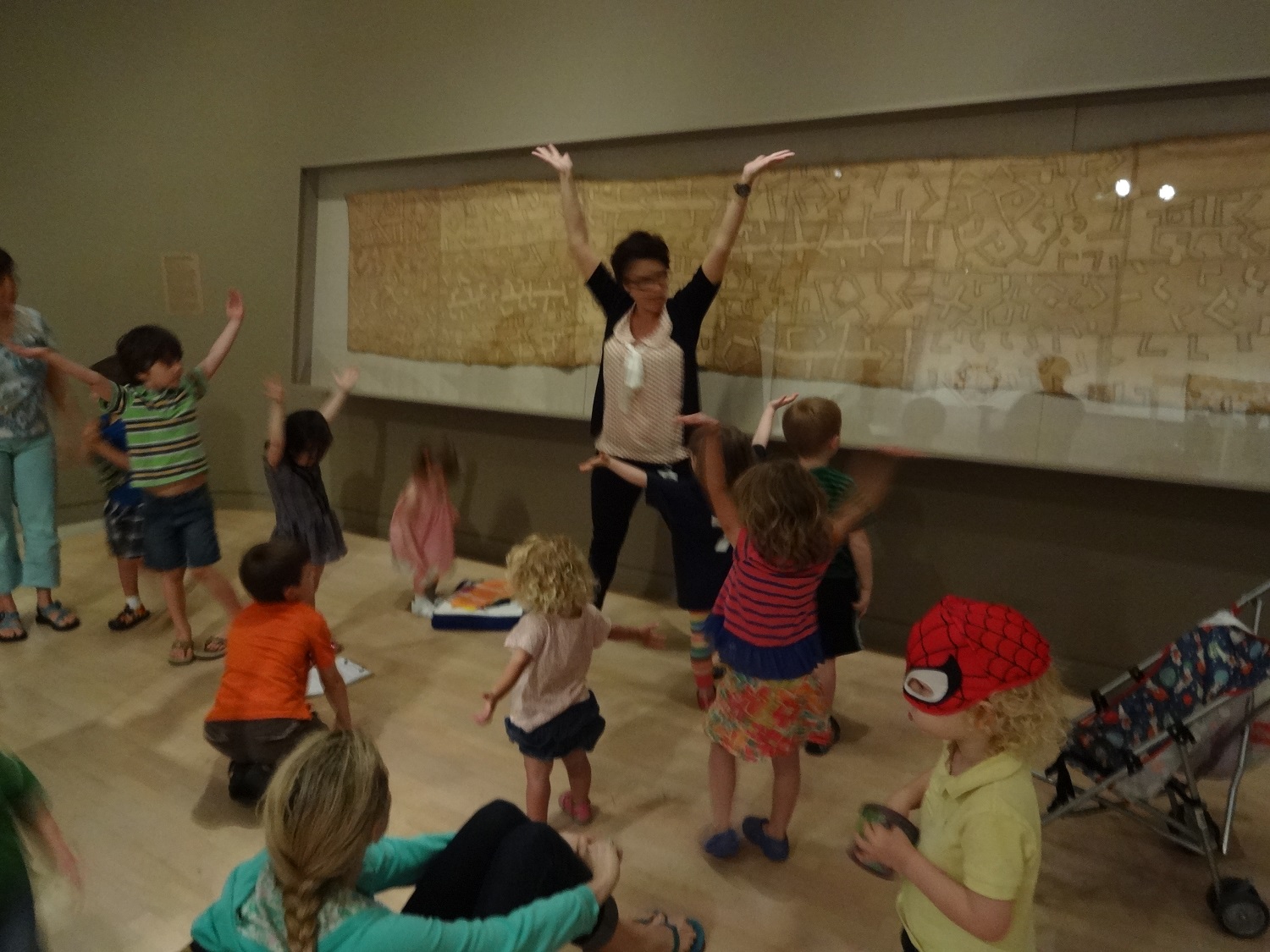
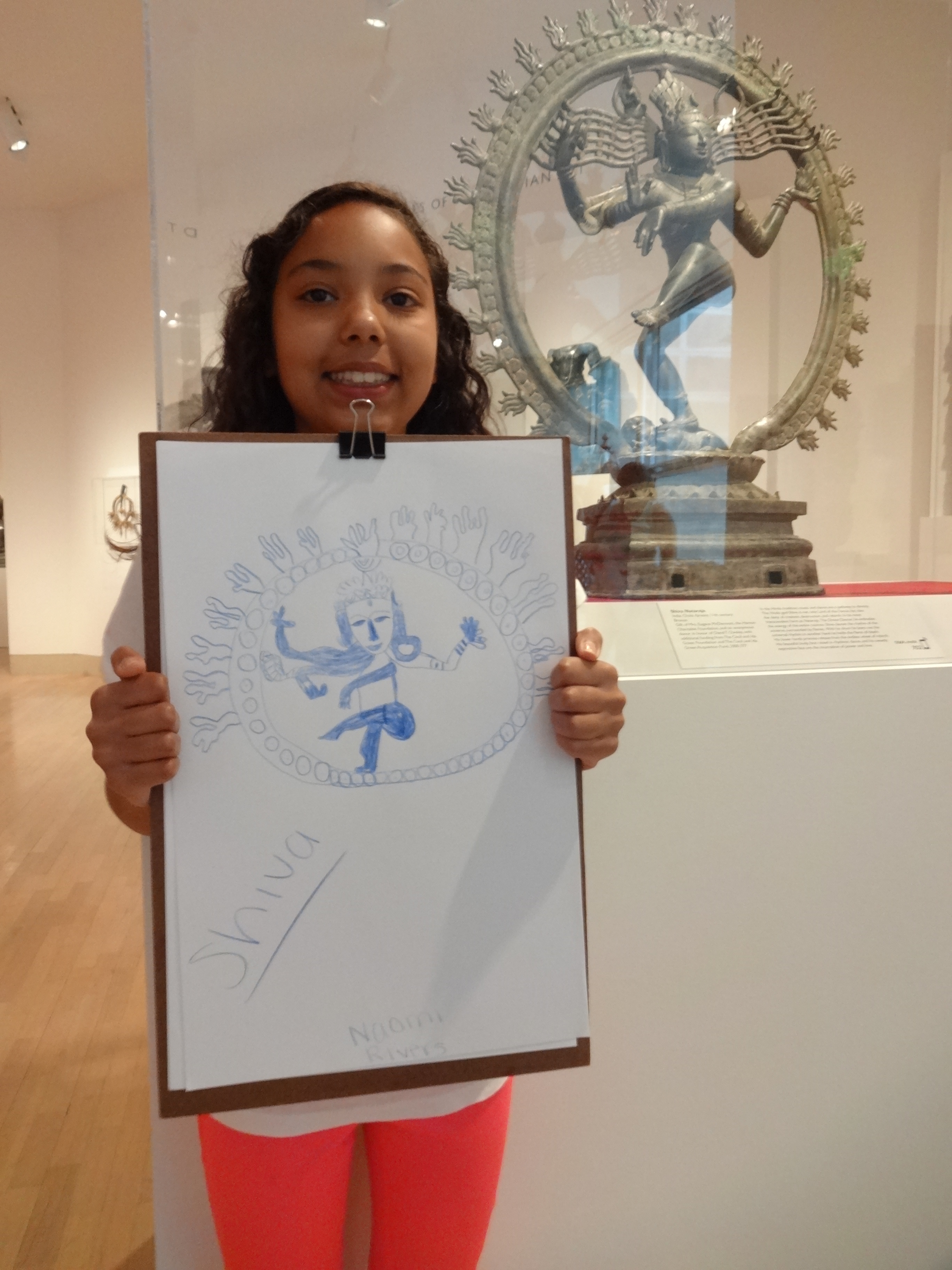
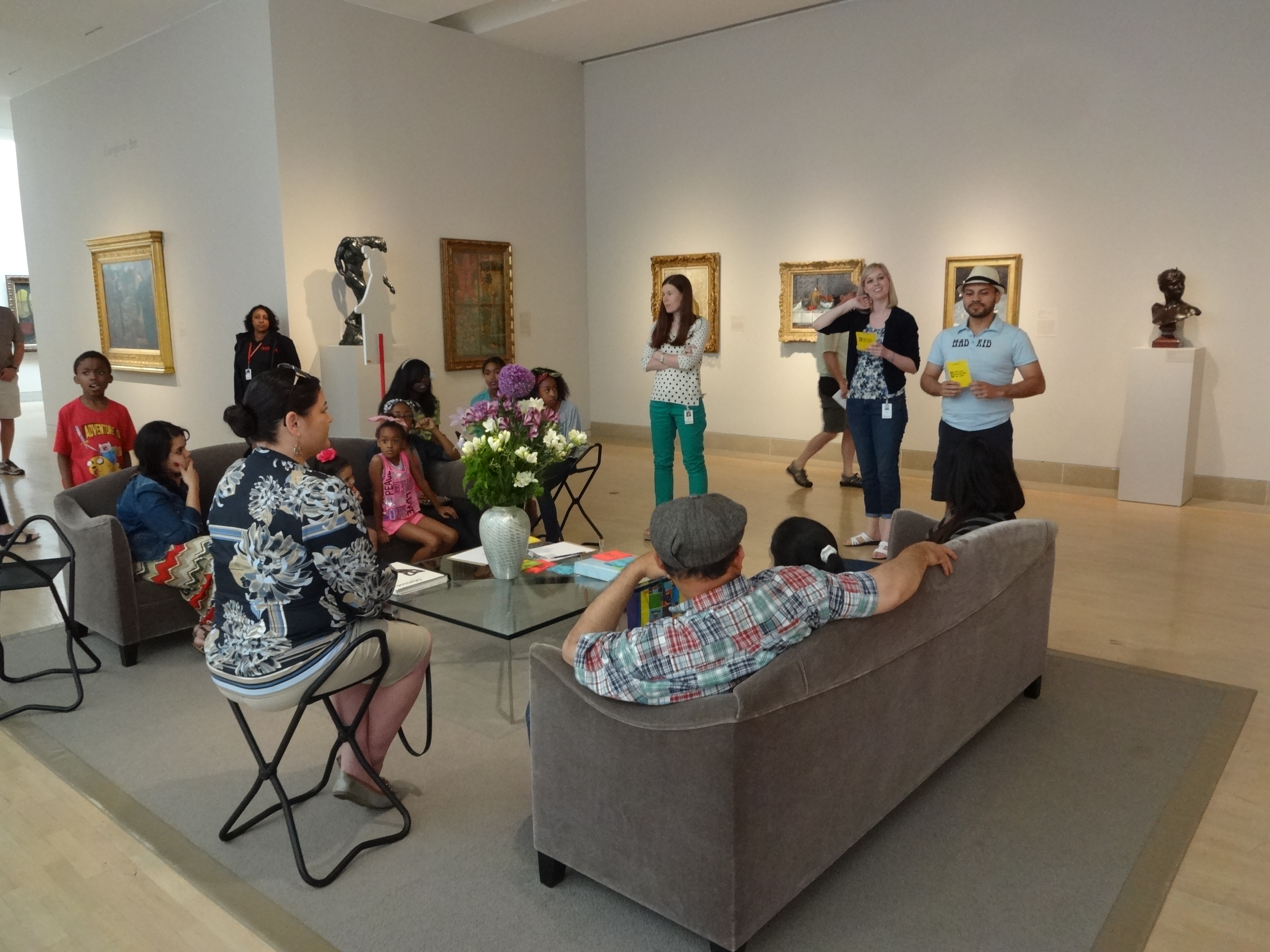
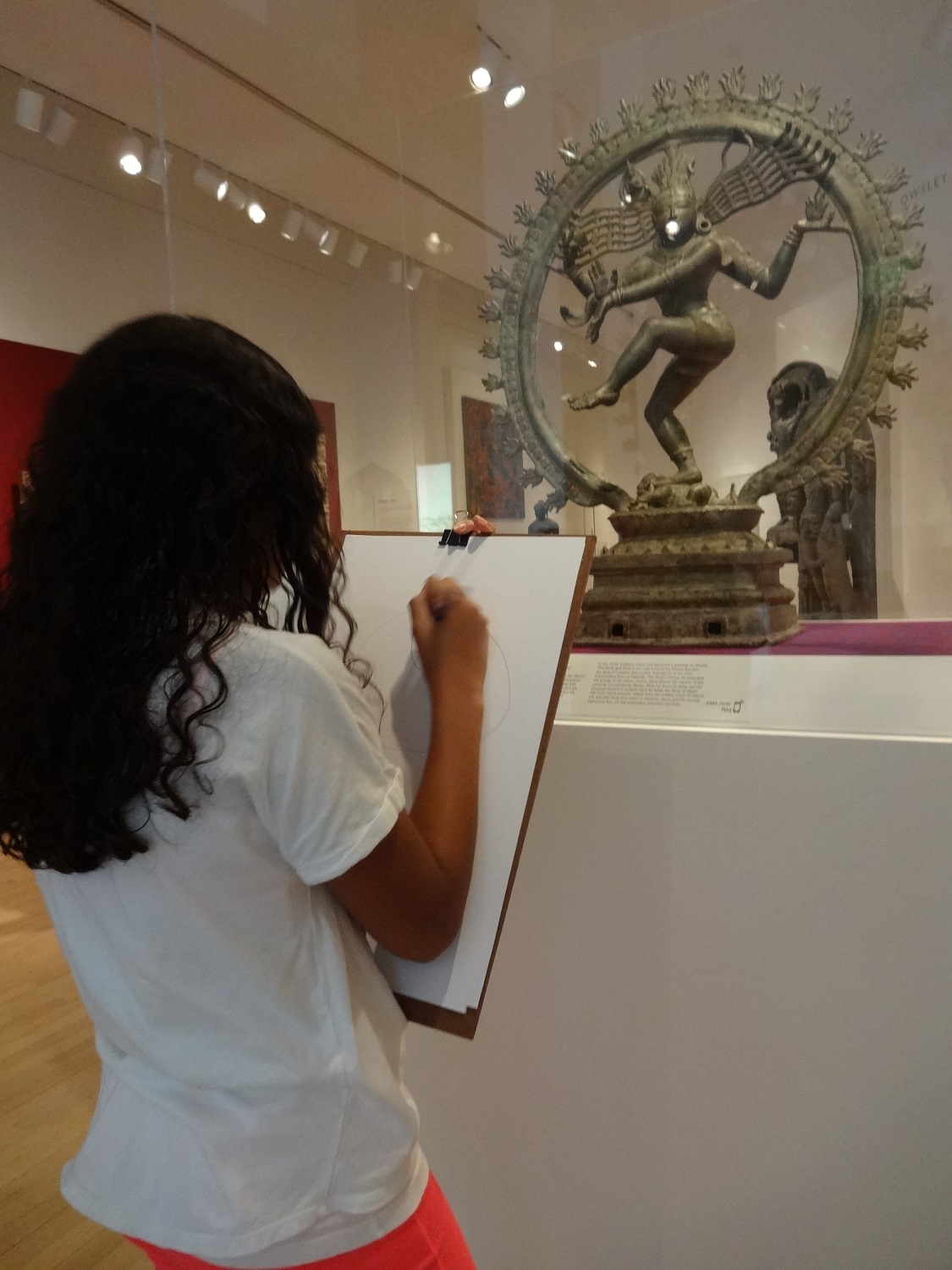
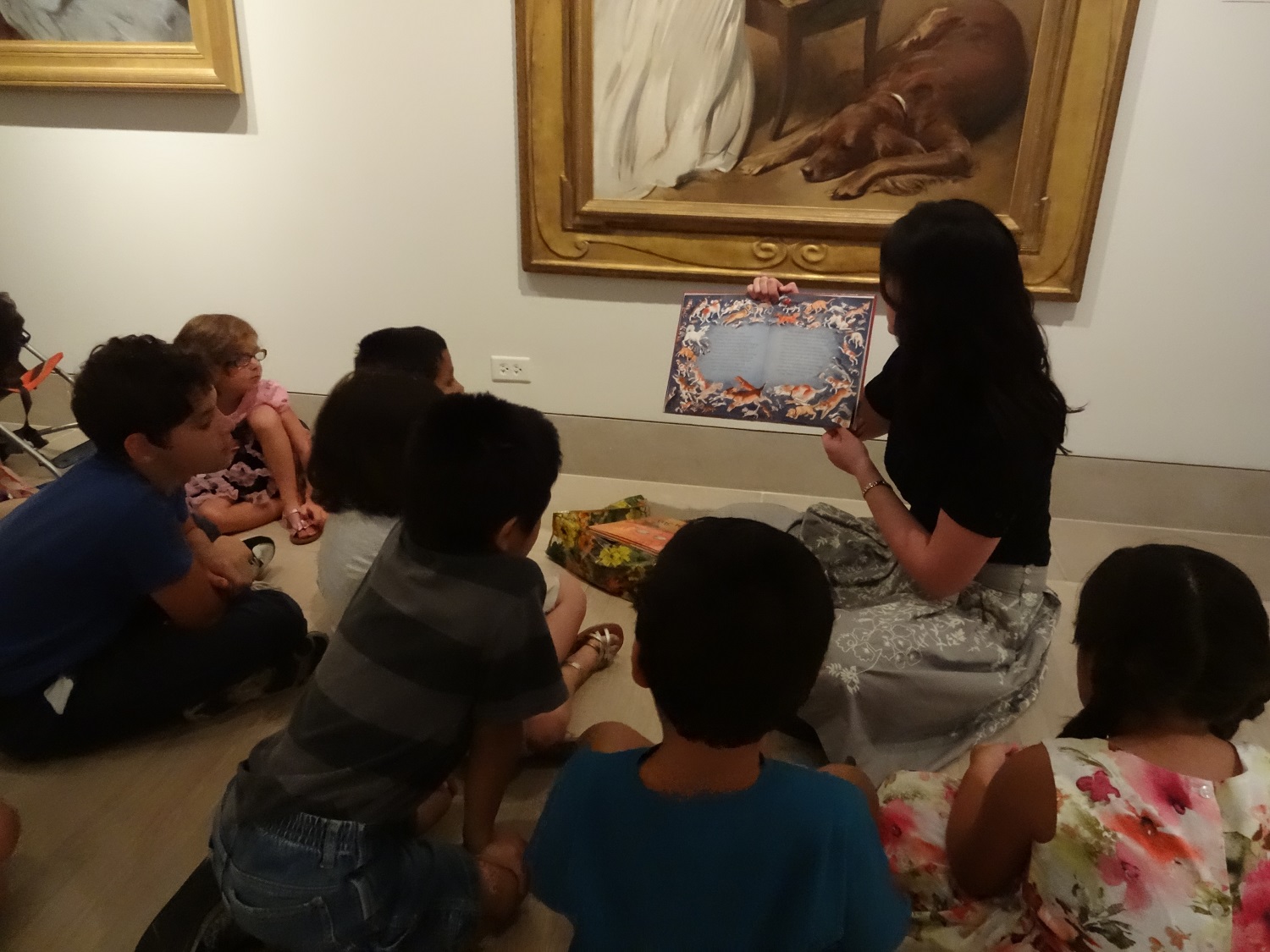
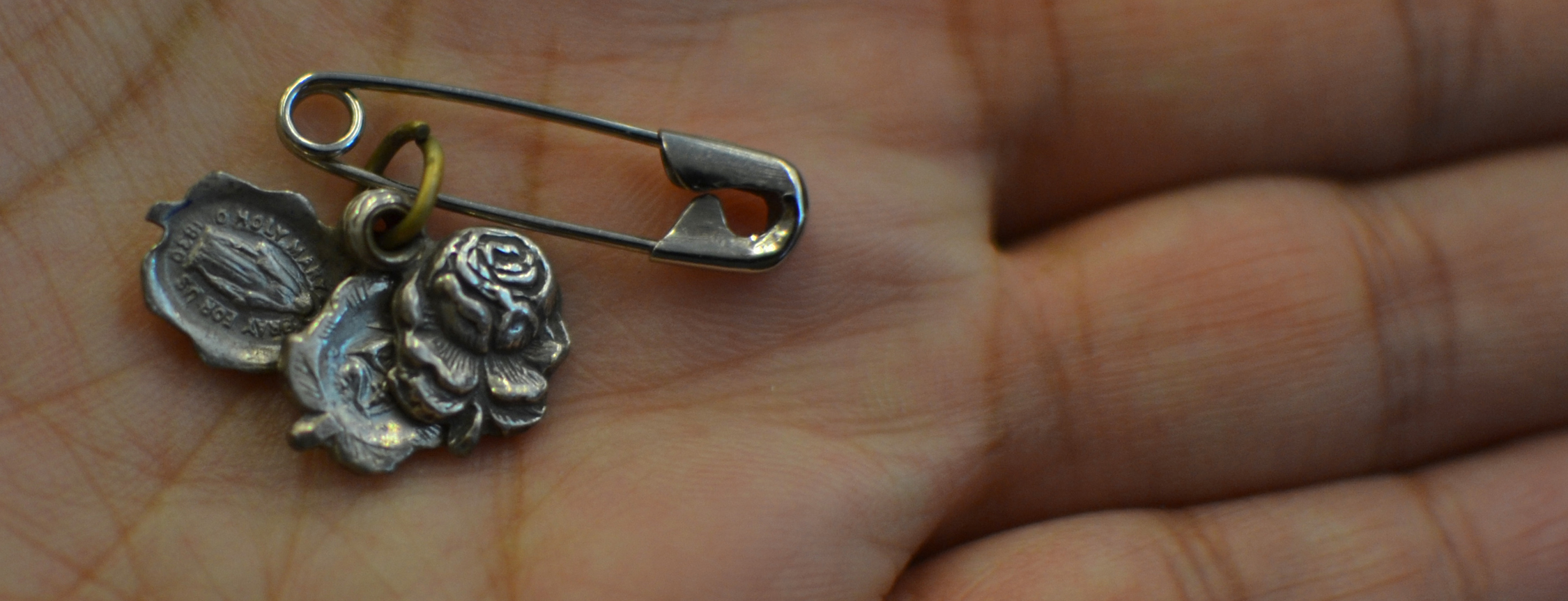
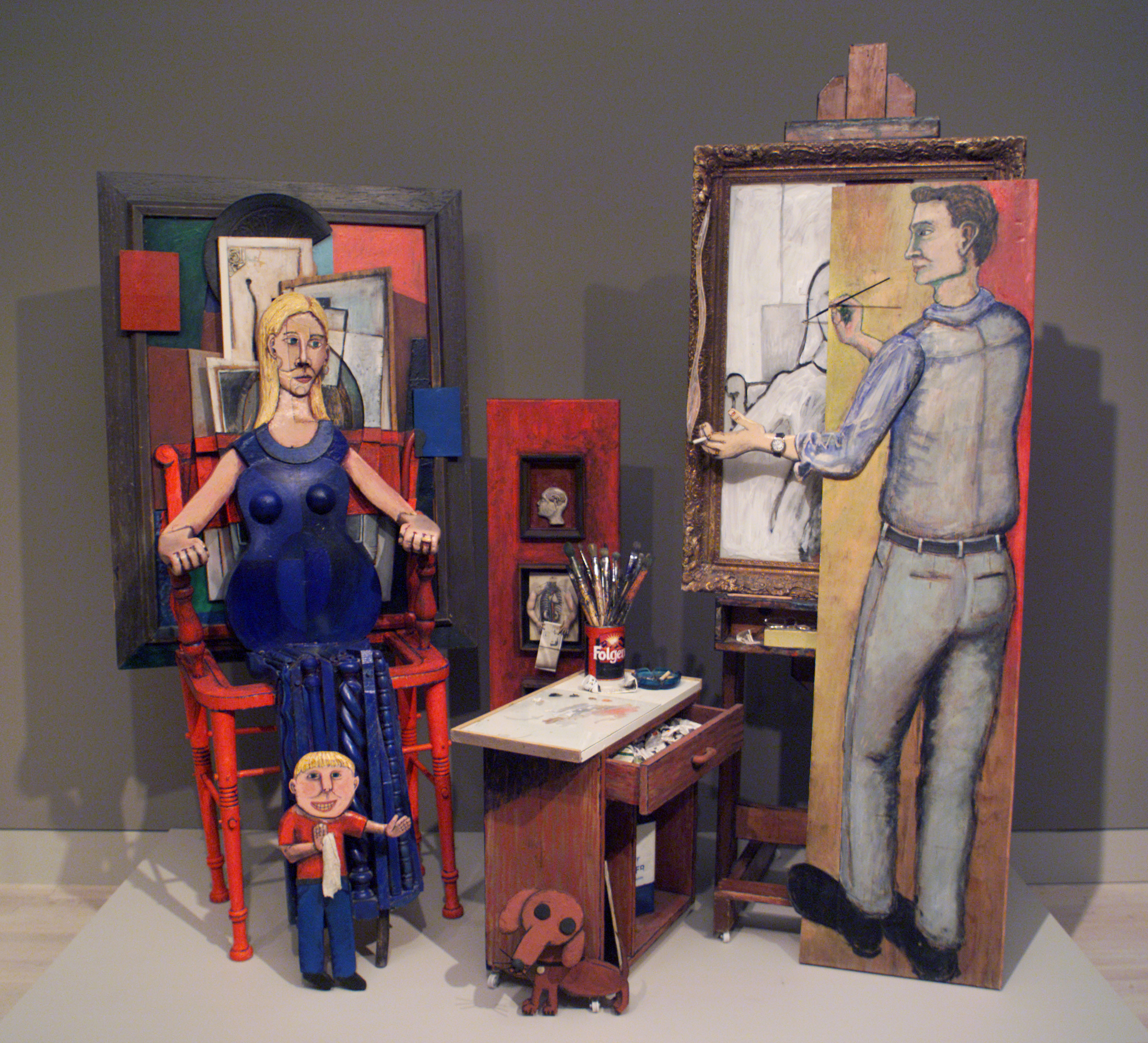
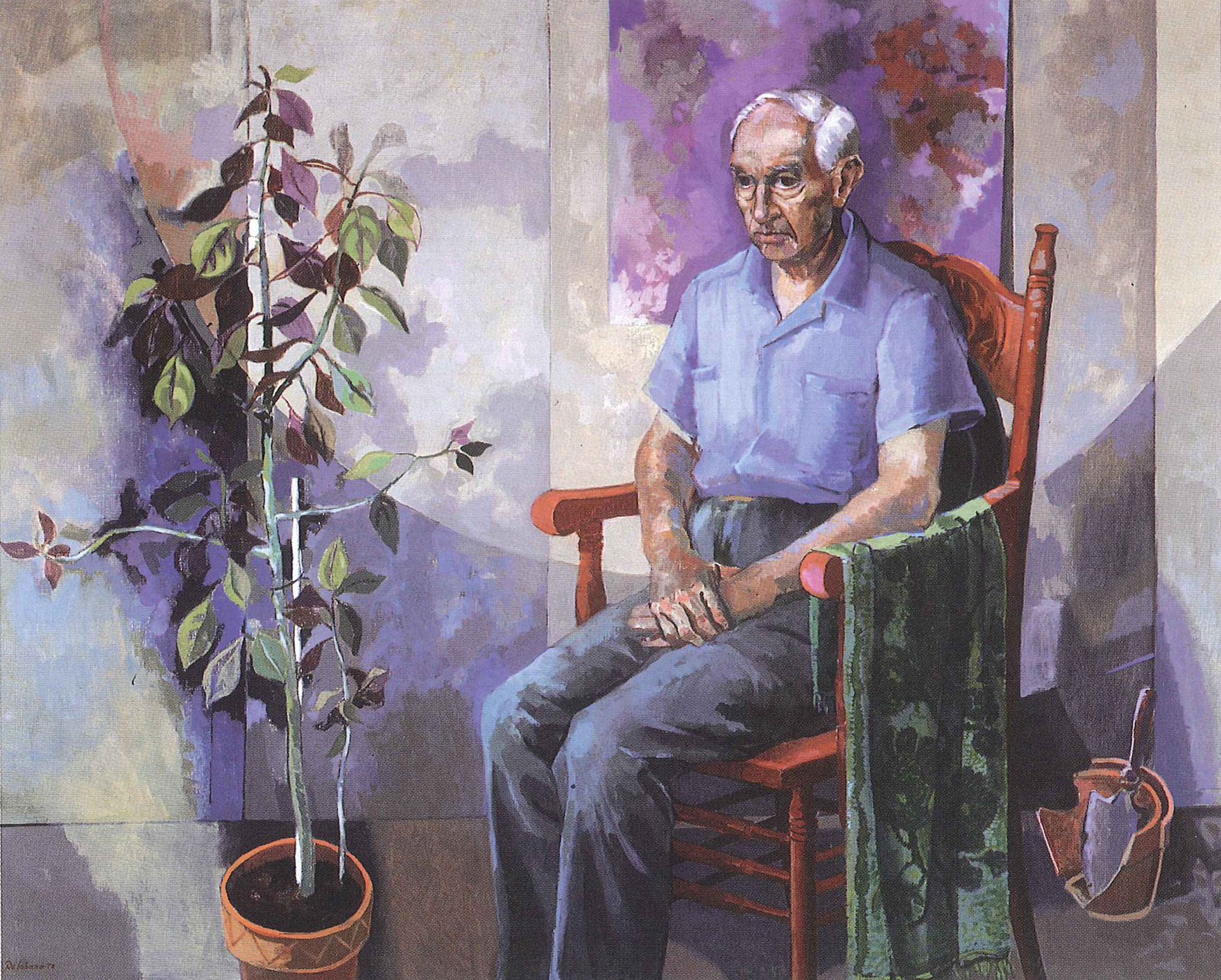
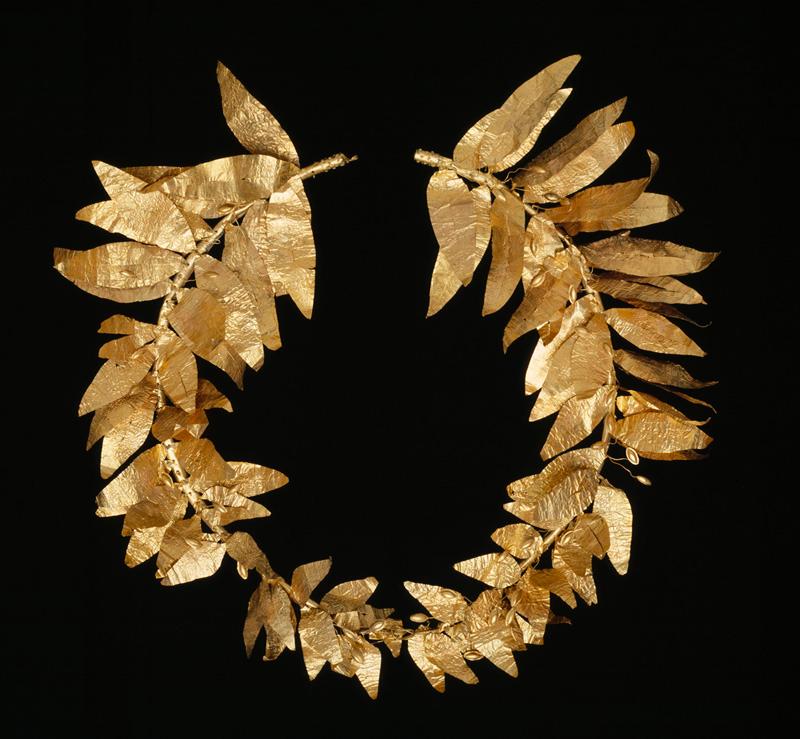 See
See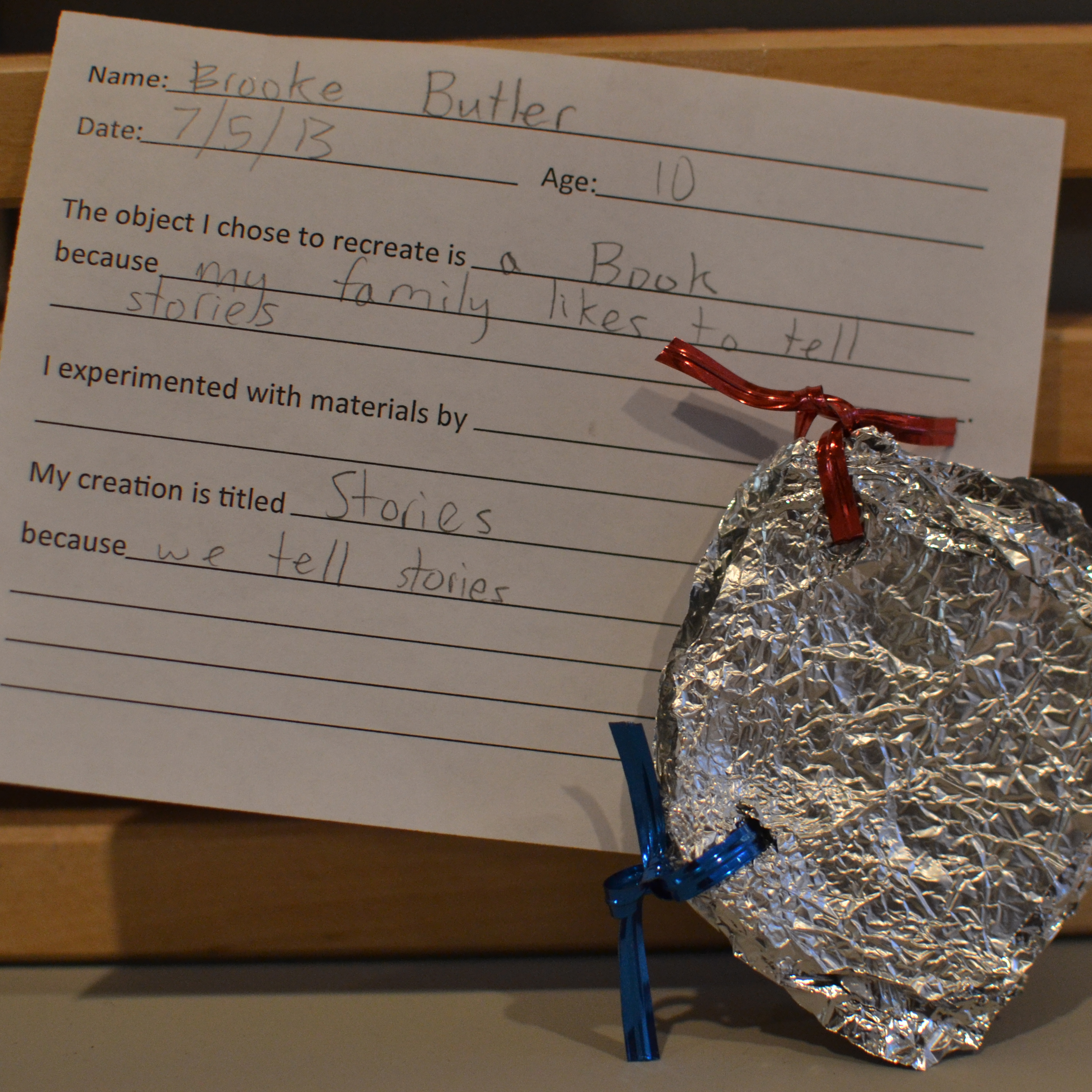 Make
Make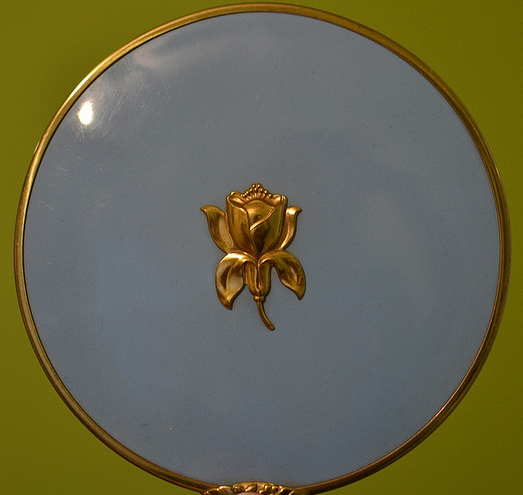 Do
Do



